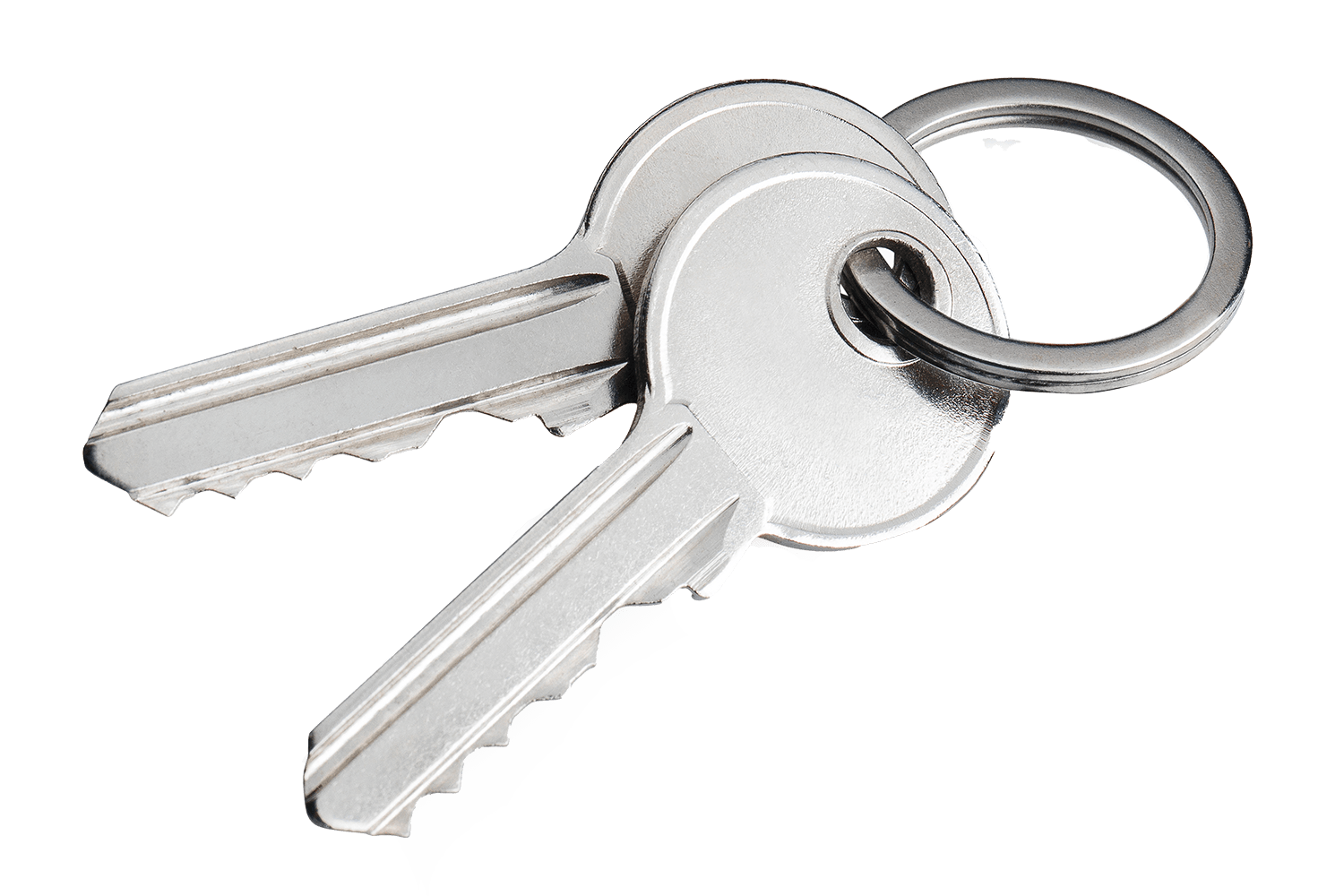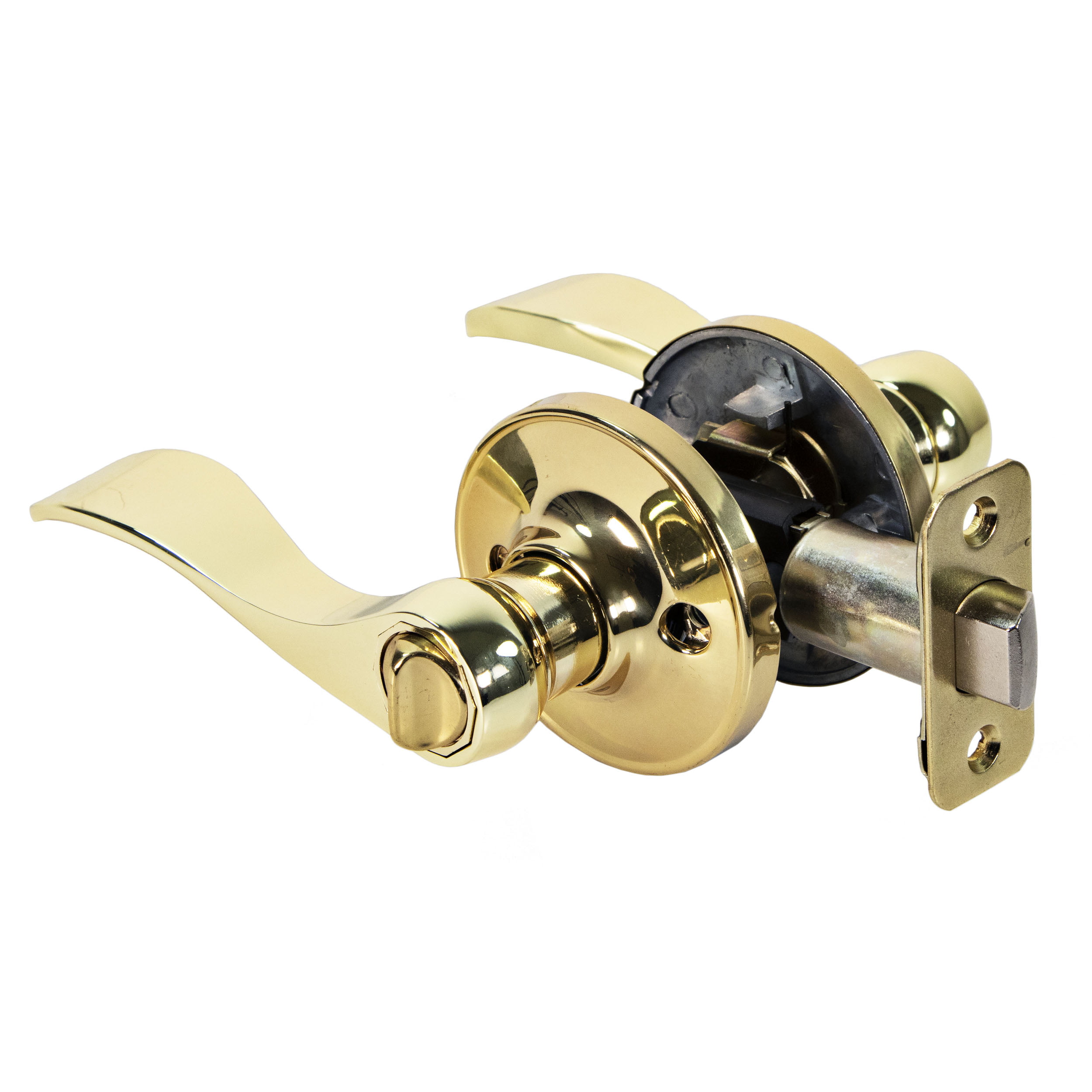Common Bathroom Door Lock Types

Choosing the right bathroom door lock is crucial for privacy, security, and peace of mind. There are several common types available, each with its own strengths and weaknesses. Understanding these differences will help you select the best option for your needs.
Types of Bathroom Door Locks
Bathroom door locks are designed to provide privacy and security, and they come in a variety of types. Here’s a closer look at some of the most common:
- Privacy Lock: This is the most basic type of bathroom door lock. It typically features a simple latch that can be engaged and disengaged with a knob or lever. It’s primarily designed for privacy, and it can be easily opened from the outside using a key or a credit card.
- Pros: Affordable, simple to use, and widely available.
- Cons: Offers minimal security, easy to bypass, and not ideal for high-traffic areas.
- Deadbolt Lock: This type of lock is known for its increased security. It features a bolt that extends into the doorjamb when locked, making it much harder to force open. Deadbolt locks can be keyed, lever-operated, or electronic.
- Pros: Offers superior security compared to privacy locks, and can be used in conjunction with a privacy lock for extra protection.
- Cons: More expensive than privacy locks, and can be more difficult to install.
- Lever Handle Lock: This type of lock uses a lever handle to engage and disengage the latch. It’s often preferred for its ease of use, especially for people with limited mobility.
- Pros: Easy to operate, can be used with a privacy lock or a deadbolt lock, and offers a modern aesthetic.
- Cons: Can be more expensive than knob locks, and may not be as secure as a deadbolt lock.
- Smart Lock: These locks incorporate technology to enhance security and convenience. They can be controlled with a smartphone, key fob, or fingerprint scanner.
- Pros: Offer advanced security features, convenient access control, and can be integrated with home automation systems.
- Cons: Can be more expensive than traditional locks, and require a power source.
Comparison of Bathroom Door Lock Types
| Lock Type | Features | Security Level | Price Range |
|---|---|---|---|
| Privacy Lock | Simple latch, knob or lever operation | Low | $10-$50 |
| Deadbolt Lock | Bolt extends into doorjamb, keyed or lever-operated | High | $20-$100 |
| Lever Handle Lock | Lever handle operation, can be used with privacy or deadbolt locks | Medium | $30-$150 |
| Smart Lock | Smartphone, key fob, or fingerprint control, advanced features | Very High | $100-$500 |
Troubleshooting Common Bathroom Door Lock Issues: Keys To Unlock Bathroom Doors

Bathroom door locks are an essential part of our daily lives, providing privacy and security. However, like any mechanical device, they can malfunction and cause inconvenience.
Common Bathroom Door Lock Issues and Solutions
When your bathroom door lock starts acting up, it can be frustrating. Common issues include stuck handles, broken keys, and jammed mechanisms.
Stuck Handles
A stuck handle is a common bathroom door lock problem. This usually happens when the handle mechanism gets clogged with dirt, grime, or debris.
- Lubrication: The first step is to lubricate the handle mechanism. Use a dry lubricant like graphite powder or a silicone-based spray. Apply the lubricant to the handle’s moving parts, then work the handle back and forth to distribute it evenly.
- Cleaning: If lubrication doesn’t work, the problem might be due to dirt or debris buildup. Remove the handle (if possible) and clean it with a toothbrush and a mild cleaning solution.
- Loose Screws: Check if the screws holding the handle are loose. Tighten them using a screwdriver.
Broken Keys
A broken key stuck in the lock is a real nightmare. This can happen if the key is old, worn, or damaged.
- Key Extraction: If the key is partially broken, try using pliers or a key extractor tool to carefully remove it.
- Lock Replacement: If the key is completely broken or you can’t remove it, you might need to replace the entire lock.
Jammed Mechanisms
A jammed lock mechanism can prevent the door from opening or closing properly. This can happen due to dirt, debris, or a worn-out latch.
- Cleaning: Remove the door handle and clean the lock mechanism with a toothbrush and a mild cleaning solution.
- Lubrication: After cleaning, lubricate the lock mechanism with a dry lubricant like graphite powder or a silicone-based spray.
- Latch Replacement: If the latch is worn out, you may need to replace it.
Step-by-Step Guide to Fix a Stuck Bathroom Door Lock
Let’s say your bathroom door handle is stuck. You can follow these steps to try and fix it:
- Identify the Problem: Determine if the handle is stiff, doesn’t turn at all, or if the latch isn’t engaging properly.
- Lubricate the Handle: Apply a dry lubricant like graphite powder or a silicone-based spray to the handle’s moving parts.
- Work the Handle: Work the handle back and forth to distribute the lubricant and loosen any debris.
- Clean the Mechanism: If lubrication doesn’t work, remove the handle (if possible) and clean it with a toothbrush and a mild cleaning solution.
- Check for Loose Screws: Ensure all screws holding the handle are tight.
- Test the Handle: Try opening and closing the door to see if the handle is working properly.
Unlocking Bathroom Doors Without a Key

Sometimes, you find yourself in a situation where you need to open a bathroom door without a key. Maybe you’ve locked yourself out, or the key has broken off inside the lock. Whatever the reason, there are a few methods you can try to unlock the door. But remember, these methods are for emergencies and should only be used when necessary.
Unlocking with a Credit Card
A credit card can be used to unlock a simple latch-type bathroom door lock. This method is relatively easy and doesn’t require any special tools.
To unlock the door, insert the credit card between the doorjamb and the door, near the latch. Then, gently slide the card towards the latch until you feel it disengage. If the lock is a spring latch, you may need to push the card towards the lock to unlock it.
Important: This method may not work with all door locks, and you should avoid using excessive force as you could damage the door or the lock.
Unlocking with Bobby Pins
Bobby pins are a common household item that can be used to unlock a variety of locks, including bathroom door locks. This method is a bit more challenging than using a credit card but can be effective if you have the right tools and technique.
To unlock the door, you’ll need two bobby pins. Straighten one bobby pin and use it to pick the lock by inserting it into the keyhole and manipulating the pins inside. The other bobby pin can be used to hold the latch back.
Important: This method can be difficult to master and may require practice. It’s important to use caution and avoid using excessive force as you could damage the lock.
Unlocking with Specialized Tools
If you’re dealing with a more complex lock or you’re not comfortable with the above methods, you can use specialized tools like a lock pick set or a bump key. These tools are designed to unlock locks without a key, but they require more experience and knowledge to use effectively.
Important: It’s illegal to use lock picking tools to gain unauthorized access to a property. If you’re unsure how to use these tools, it’s best to consult a locksmith.
Comparing the Effectiveness of Each Method, Keys to unlock bathroom doors
The effectiveness of each method depends on the type of lock and your level of skill. Using a credit card is generally the easiest and most effective method for simple latch-type locks. Bobby pins can be used to unlock a wider range of locks, but they require more practice and skill. Specialized tools are the most effective for unlocking complex locks, but they are also the most challenging to use.
Remember: Always use caution when attempting to unlock a door without a key, and consider the potential risks and legal implications before proceeding. If you’re unsure about the best course of action, it’s always best to consult a professional locksmith.
